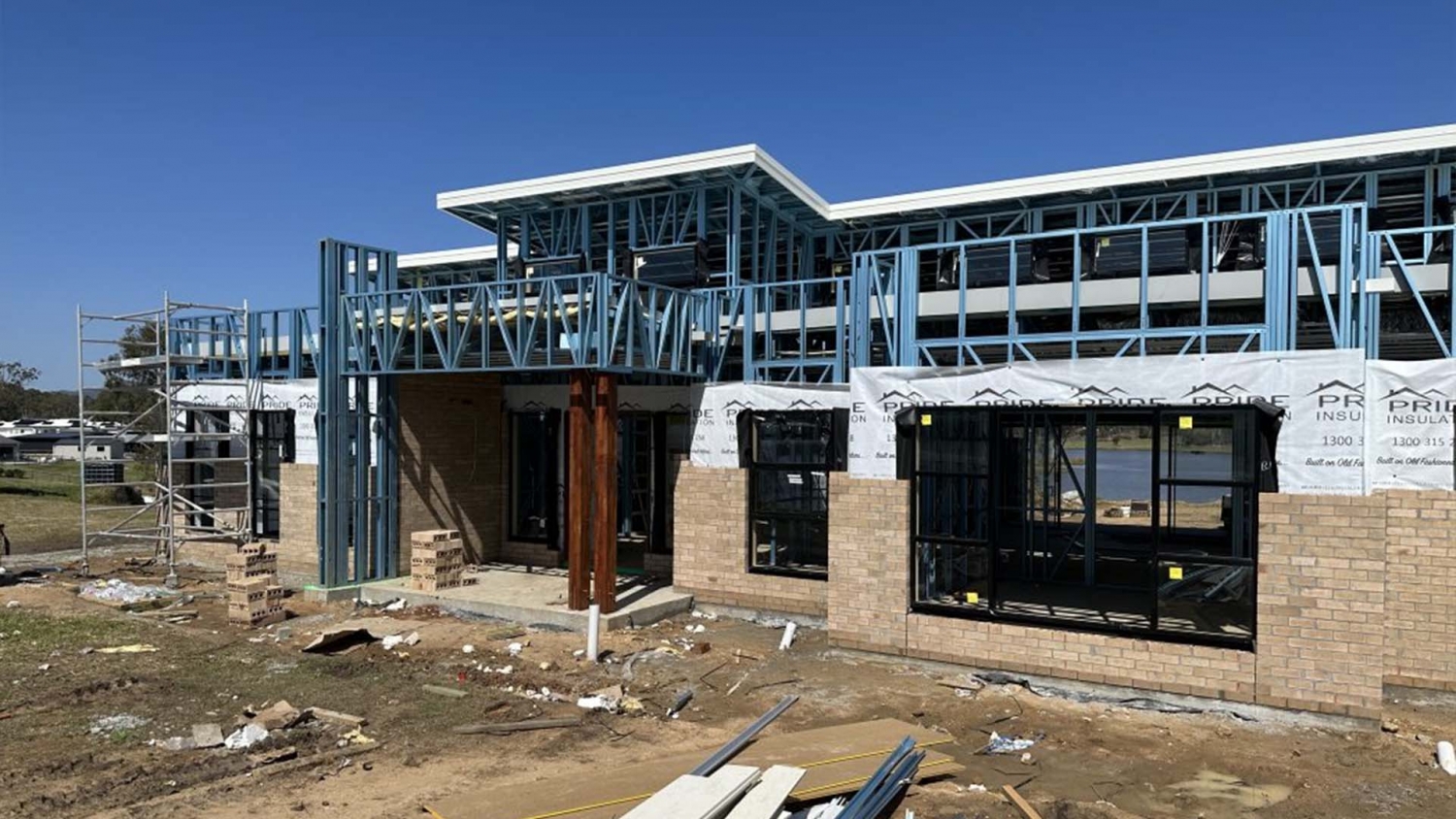Unveiling the Hidden Costs of Knock Down Rebuild: What to Watch Out For

Embarking on a knock down rebuild project can be an exciting journey towards creating your dream home, but it’s crucial to be aware of the hidden costs that may lurk beneath the surface.
So, let’s delve into the factors that can lead to hidden expenses of knock down rebuild projects and explore how you can navigate them effectively to achieve your vision without breaking the bank.
Demolition and site preparation
One of the most significant hidden costs of a knock down rebuild home project is demolition and site preparation. While it’s easy to focus on the excitement of designing your new home, the process of tearing down the existing structure and preparing the site for construction can quickly add up. Factors such as asbestos removal, site clearing, and disposal fees can significantly impact your budget if not properly accounted for. So, it’s essential to conduct thorough research and obtain multiple quotes from reputable demolition contractors to ensure that you are getting the best value for your money.
Unforeseen structural issues
Another hidden cost to watch out for is unforeseen structural issues or upgrades required during the construction process. Once the existing structure has been demolished, underlying issues with the land or unexpected discoveries within the foundation of the new home may arise. These can range from soil remediation and drainage issues to structural reinforcements or upgrades to meet building code requirements. It’s essential to work with experienced engineers and architects who can conduct comprehensive site inspections and identify potential challenges early on. By addressing these issues proactively, you can avoid costly surprises later in the project.
Regulatory requirements
Additionally, it’s essential to consider the cost of permits, fees, and regulatory requirements associated with knock down rebuild projects. Local councils may impose various charges for building permits, planning approvals, and infrastructure contributions, which can vary depending on the location and scope of the project. It’s crucial to familiarise yourself with the specific regulations in your area and budget accordingly. Engaging with council authorities early in the planning process can help streamline the approval process and avoid potential delays and additional expenses down the line.
Interior and exterior finishes
Furthermore, it’s essential to budget for additional expenses related to interior and exterior finishes, fixtures, and fittings. While it’s tempting to focus on the structural elements of your new home, the cost of upgrades such as flooring, cabinetry, appliances, and landscaping can quickly escalate if not carefully planned for. Researching different materials and finishes can help you make informed decisions that align with your aesthetic preferences and budgetary constraints. It’s also a good idea to obtain quotes from multiple suppliers and contractors to ensure that you are getting the best value for your money.
Timeline delays
Moreover, it’s essential to consider the impact of timeline delays on your budget. While unforeseen circumstances such as weather conditions, material shortages, or labour availability may cause delays during the construction process, it’s important to have contingency plans in place to mitigate the financial repercussions. Creating a realistic timeline with built-in buffers for potential delays can help you manage your budget more effectively and minimise the impact of unexpected setbacks. Regular communication with your builder or project manager is key to staying informed about any potential issues and making adjustments as needed to keep the project on track.
Temporary accommodation
Finally, it’s crucial to factor in the cost of temporary accommodation during the construction phase. Depending on the extent of the rebuild and the duration of the project, you may need to arrange alternative living arrangements while your new home is being constructed. This could involve renting a temporary residence, staying with family or friends, or securing short-term accommodation. It’s essential to consider the cost of temporary housing upfront and plan accordingly to avoid any financial strain during the construction phase. Additionally, discussing potential accommodation options with your builder or project manager can help ensure a smooth transition and minimise disruptions to your daily life.
Navigate the hidden costs of knock down rebuild project with expert guidance form Avondale Homes
While the prospect of a knock down rebuild project is exciting, it’s essential to be aware of the hidden costs that may arise along the way. From demolition and site preparation to unforeseen structural issues, regulatory requirements, and interior finishes, Avondale Homes is committed to providing transparent and comprehensive guidance to help you navigate these challenges effectively. With their expertise and support, you can embark on your knock down rebuild journey with confidence, knowing that you have a trusted partner by your side every step of the way.
.svg)




.svg)
.svg)
.svg)
.svg)
.svg)
.svg)

.png)
.png)
.png)



%20-%20SVG%201.svg)

